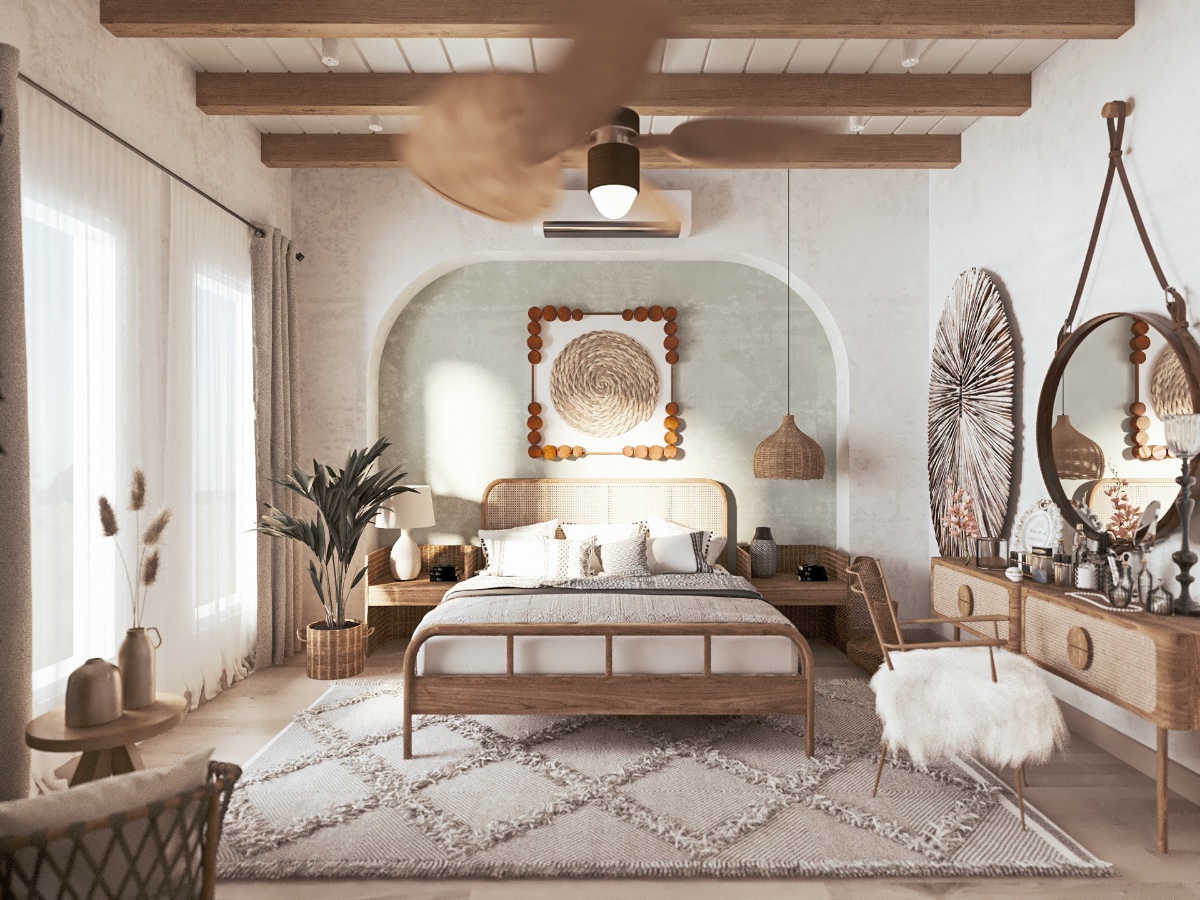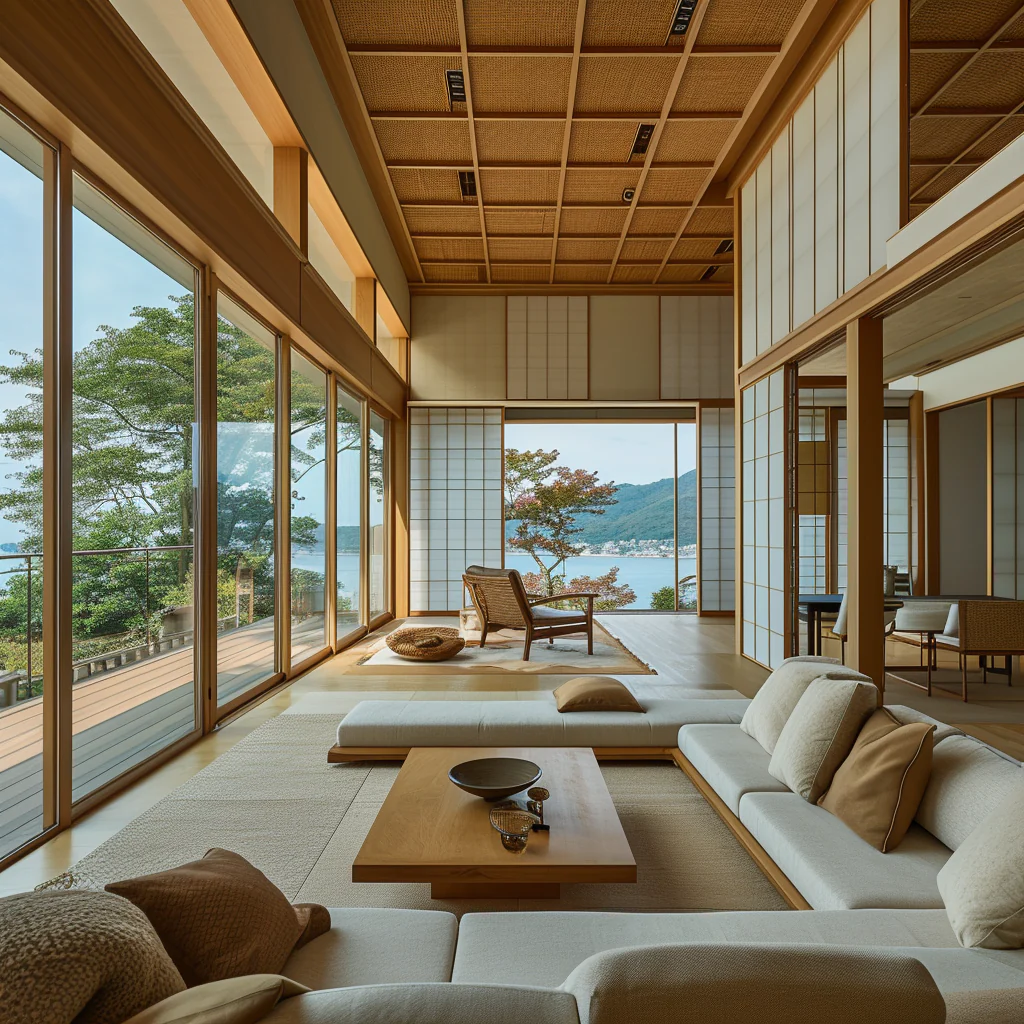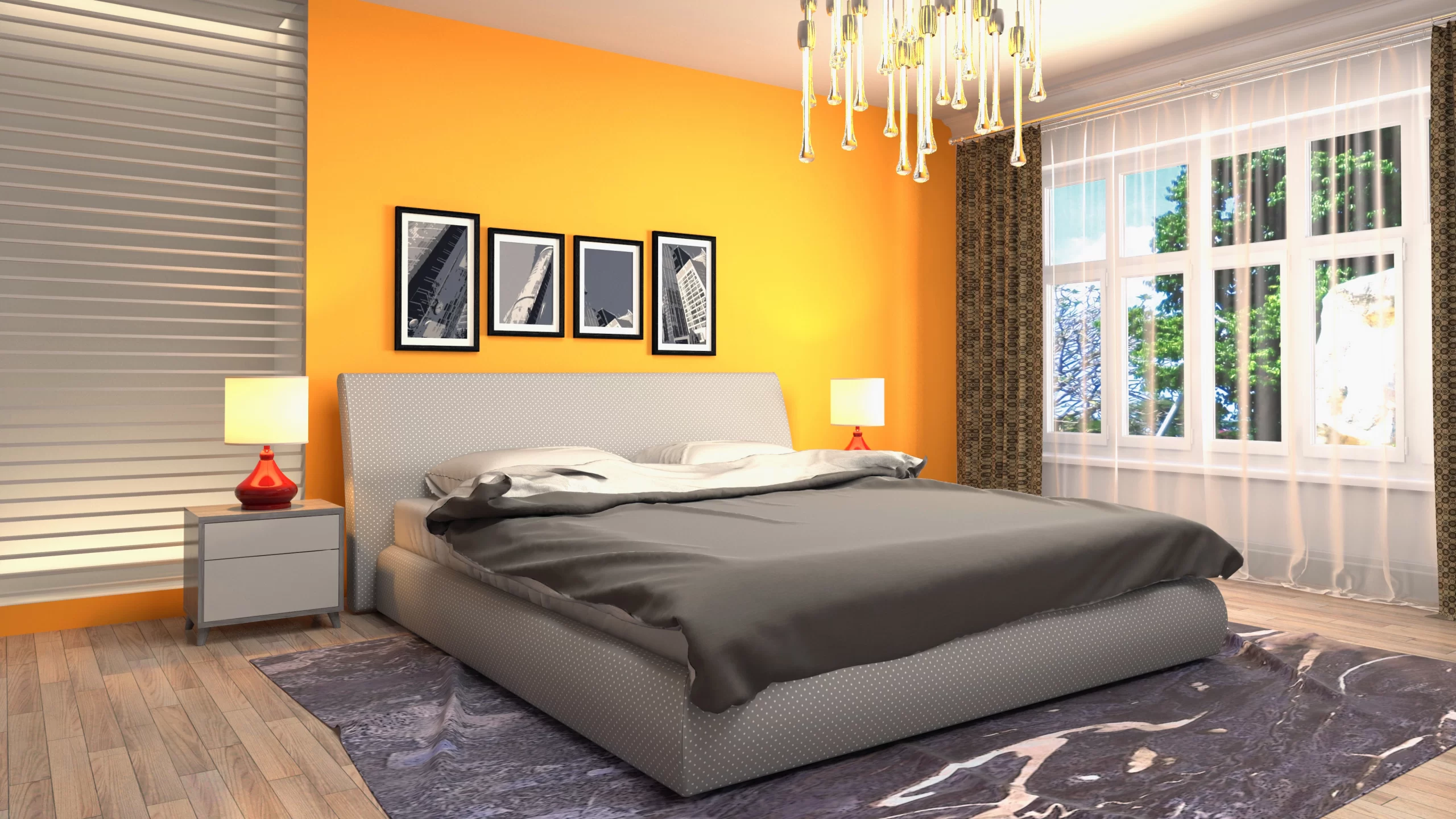In the vibrant landscape of interior design, a captivating fusion of retro allure and contemporary minimalism has risen to prominence, captivating the hearts of design enthusiasts, particularly in the realm of bedroom décor. The art lies in achieving a seamless equilibrium between these contrasting styles, weaving together threads of nostalgia and modernity to craft a space that resonates with timeless elegance and effortless chic. Join us on a journey as we unravel the secrets to achieving this delicate balance, where vintage charm dances harmoniously with the crisp lines and understated sophistication of minimalism. Prepare to embark on an exploration of design alchemy, where every detail is meticulously curated to ensure your bedroom becomes a sanctuary of retro allure while basking in the serene embrace of contemporary simplicity.
As we delve deeper into this enchanting fusion, we’ll unveil the subtle nuances and clever design strategies that breathe life into your vision of a dreamy retro-modern escape. Picture a space where mid-century vibes mingle with sleek, modern aesthetics, creating a captivating tapestry of style that transcends trends. Get ready to infuse your bedroom with a dash of personality and charm, as we embark on a journey to curate a space that reflects your unique taste and sensibilities. From bold accent pieces to minimalist furnishings, each element plays a vital role in sculpting a cohesive narrative that speaks volumes about your individuality and flair. With a keen eye for detail and a touch of creativity, you’ll soon discover the magic of striking the perfect balance between retro charm and contemporary minimalism in your bedroom sanctuary.
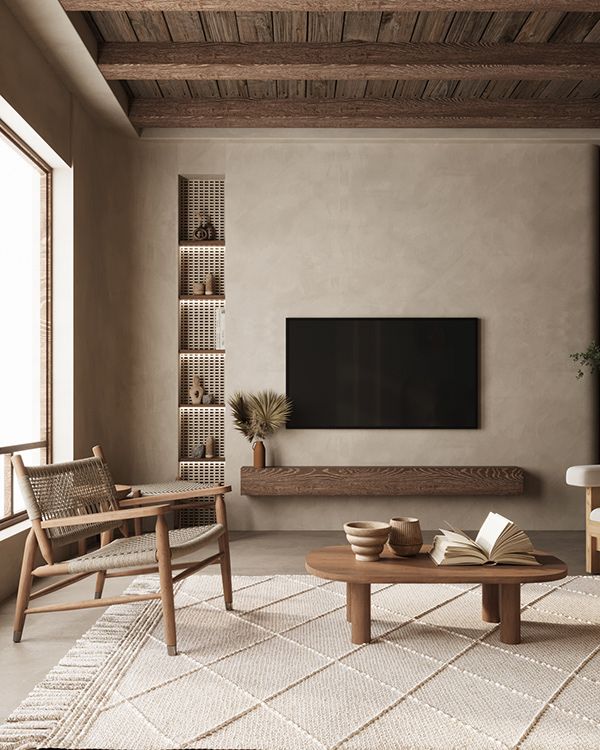
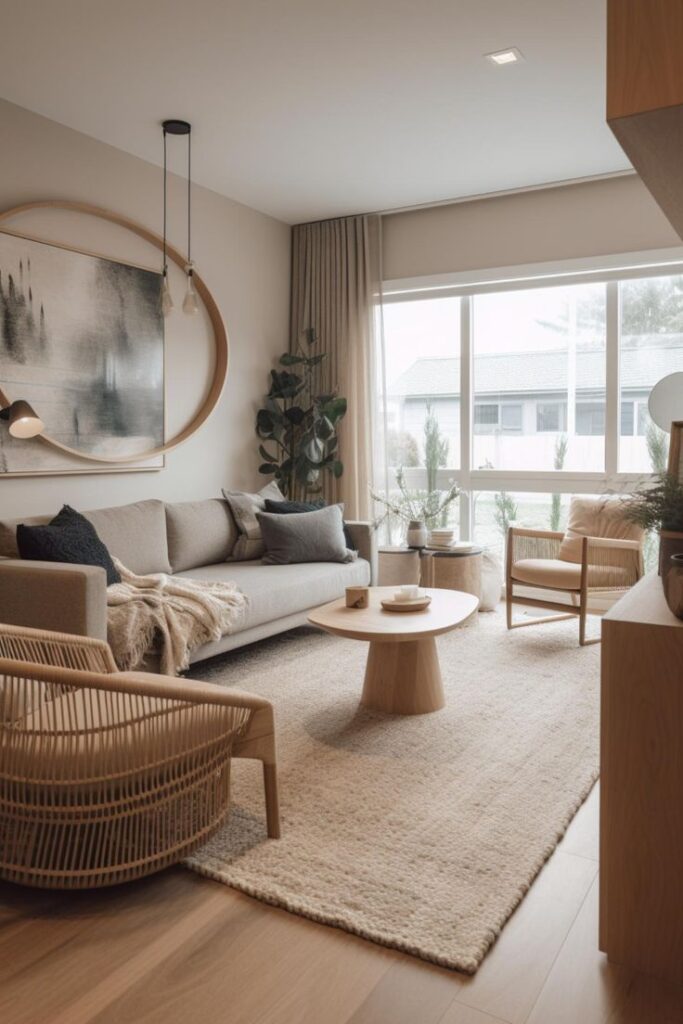
What Defines Contemporary Minimalism?
In contemporary interior design, minimalism is a prominent philosophy revered for its simplicity, functionality, and timeless allure. This guiding principle endeavors to distill spaces to their essential elements, favoring clean lines and uncluttered arrangements to cultivate environments that radiate tranquility and visual harmony. Within minimalist interiors, each element is meticulously selected, with every piece of furniture and decor serving a purpose in contributing to a unified and balanced aesthetic. Furniture often features sleek, streamlined designs, free from ornate embellishments or unnecessary details. The latest trends in minimalist bedroom furniture favor pieces that are both stylish and practical, such as platform beds with integrated storage, minimalist nightstands, and understated dressers.
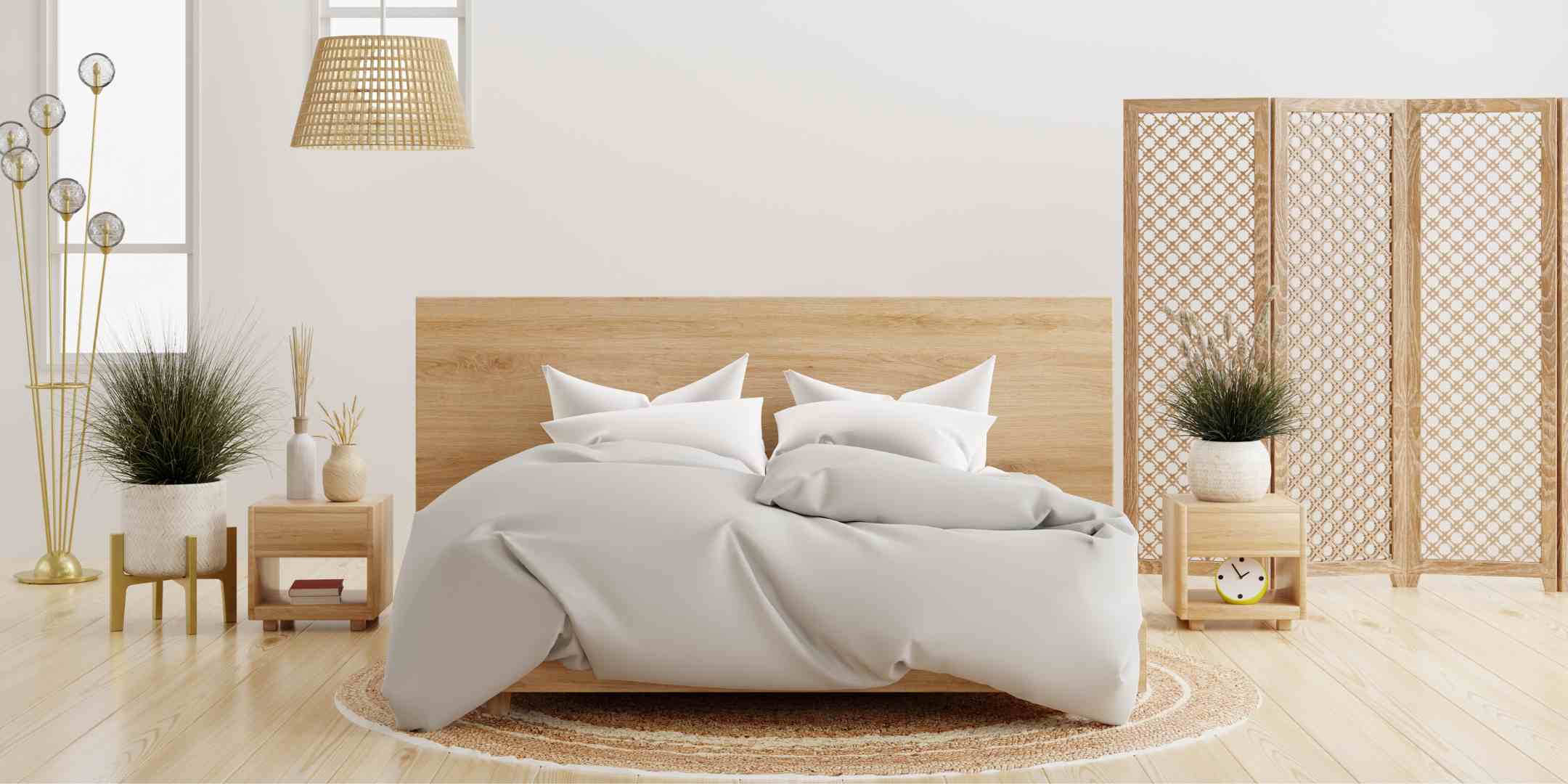
Color palettes in minimalist interiors tend to be neutral and restrained, with white, gray, and beige often dominating the space. These muted tones create a sense of calm and serenity, allowing architectural details and carefully selected furnishings to take center stage. Additionally, pops of color may be introduced sparingly to add visual interest and contrast to the space. One of the key principles of modern minimalism is the concept of “less is more.” By paring down the design to its essential elements, minimalist interiors create a sense of openness and spaciousness, even in smaller rooms. This focus on simplicity extends beyond aesthetics to encompass functionality as well, with storage solutions often integrated seamlessly into the design to maximize space and minimize clutter. In essence, modern minimalism in interior design is about creating a space that is both visually striking and highly functional, where every element has been thoughtfully considered and nothing exists without purpose.
What is Retro Style?
Contrasting the minimalist approach, retro design offers a distinct alternative. Retro design draws inspiration from past decades, particularly the mid-20th century. It is characterized by its nostalgic nod to bygone eras, often evoking the styles and sensibilities of the 1950s, 60s, and 70s. This aesthetic is marked by bold colors, playful patterns, and a sense of whimsy that infuses spaces with a vibrant energy and distinctive personality.
In retro-inspired bedrooms, vintage furniture pieces take center stage, showcasing iconic designs from iconic eras. From sleek mid-century modern furnishings to kitschy accessories reminiscent of the swinging sixties, the retro design offers a delightful departure from the sleek minimalism of contemporary interiors. The resurgence of retro design in modern bedrooms can be attributed to its timeless appeal and the desire to infuse spaces with warmth, character, and individuality.
By incorporating retro elements into their interiors, homeowners have the opportunity to create spaces that tell a story, reflecting their unique personal style and aesthetic preferences. Whether it’s a statement-making accent chair, a bold geometric rug, or a vintage-inspired lighting fixture, each retro piece adds depth and personality to the room, transforming it into a nostalgic retreat that celebrates the past while embracing the present.
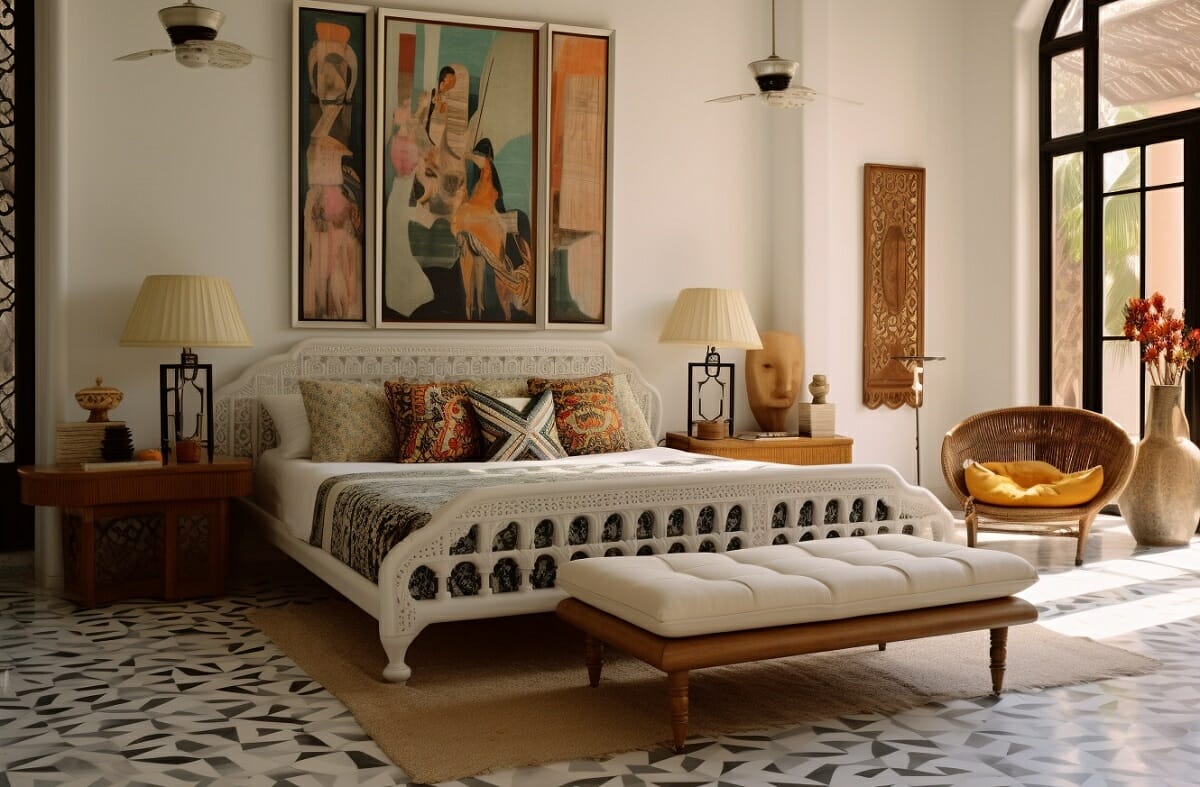
Tips for Balancing Retro and Contemporary Minimalism
In the modern world of interior design, we increasingly witness bold experiments with blending retro elements and contemporary minimalism in bedrooms. As the lines between retro charm and modern minimalism blur, homeowners seek innovative ways to infuse their spaces with both nostalgic appeal and sleek sophistication. As we navigate this intersection of styles, let’s explore some practical tips for achieving a harmonious balance between retro aesthetics and contemporary minimalism in your bedroom.
- Start with a Neutral Base: Establish a versatile backdrop for blending retro and contemporary elements by opting for a neutral color palette on your bedroom walls, flooring, and large furniture pieces. Choose shades of white, beige, or gray to create a canvas that allows retro accents to shine while maintaining the simplicity of minimalism.
- Mix Retro and Contemporary Furniture: Achieve a harmonious blend of retro allure and minimalist sophistication by integrating furniture pieces from both styles. Select retro-inspired pieces with clean, minimalist designs, such as mid-century modern sofas, Eames-style lounge chairs, or Scandinavian-inspired side tables. Complement these with contemporary furniture to enhance the retro aesthetic while ensuring overall cohesion in your design.
- Focus on Iconic Retro Accents: Infuse personality and nostalgia into your bedroom by incorporating iconic retro elements. Consider adding mid-century lighting fixtures, vintage artwork, or retro textiles such as geometric-patterned rugs or vibrant throw pillows. These unique touches serve as focal points, adding visual interest and depth to your space without overwhelming the minimalist design.
- Harmonize with Minimalist Decor: While embracing retro charm, maintain the principles of contemporary minimalism by selecting minimalist decor items for your bedroom. Choose bedding, rugs, and wall art with clean lines and understated designs that complement the retro elements in the space. Emphasize simplicity and functionality, avoiding clutter and excess ornamentation to uphold the minimalist aesthetic.
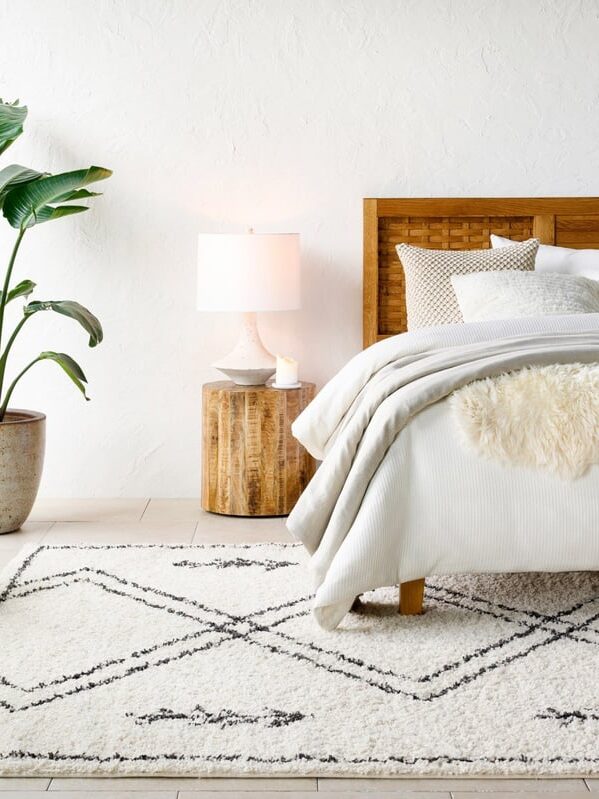
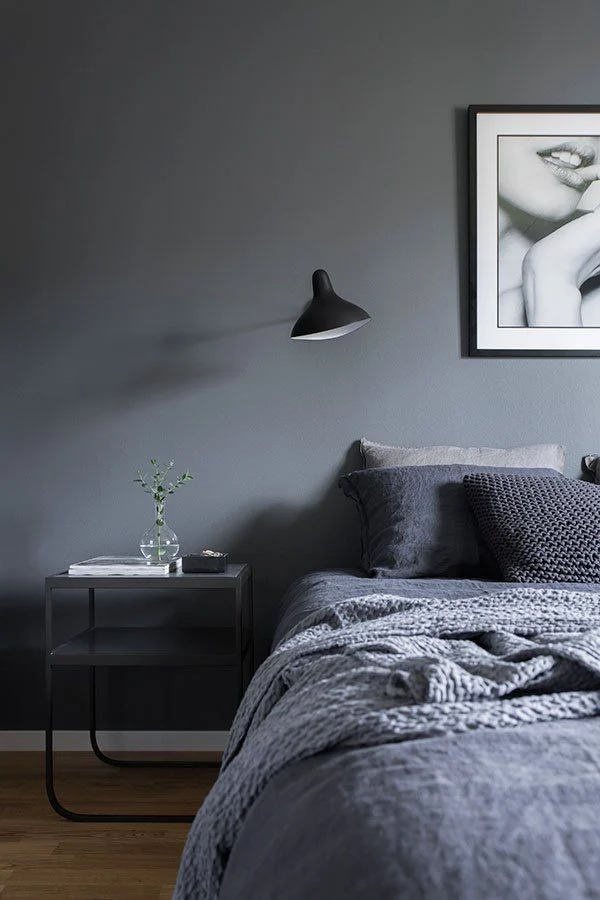
Achieving a harmonious balance between retro and contemporary minimalism in your bedroom design opens the door to endless possibilities for creating a stylish and functional space. By integrating retro elements thoughtfully and seamlessly with minimalist principles, you can craft a unique and inviting atmosphere that reflects your personal taste and style. Remember to prioritize balance and cohesion, allowing each element to complement the other while maintaining visual harmony throughout the room. With these guiding principles in mind, you’re well-equipped to transform your bedroom into a timeless sanctuary that seamlessly merges the best of both worlds.

 For Better Sleep
For Better Sleep